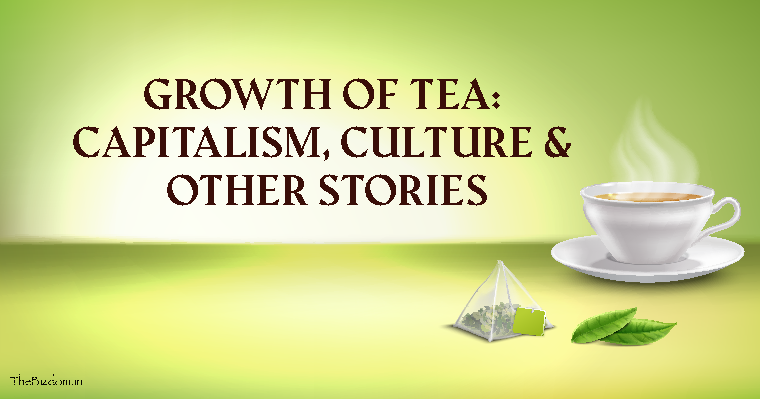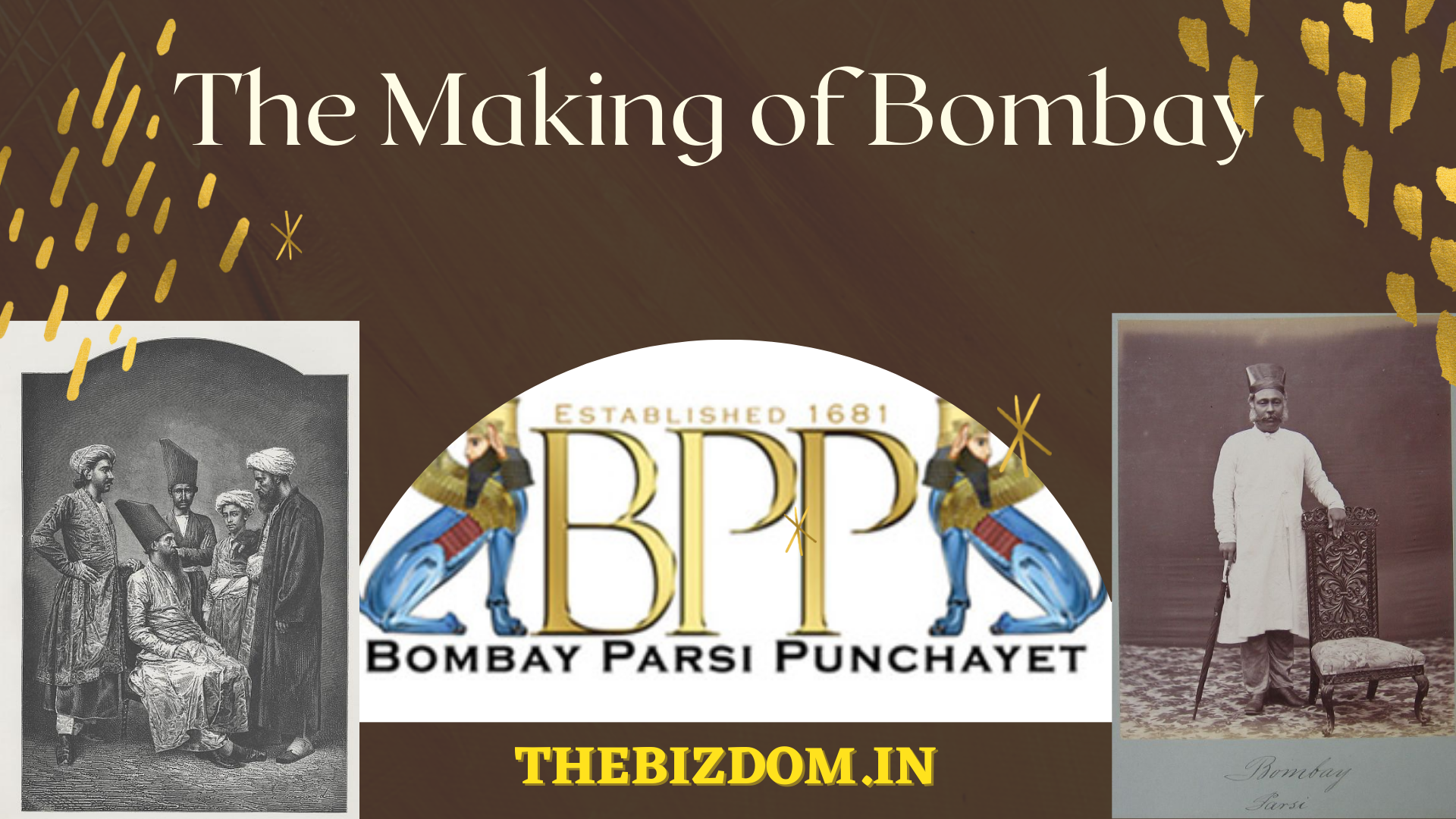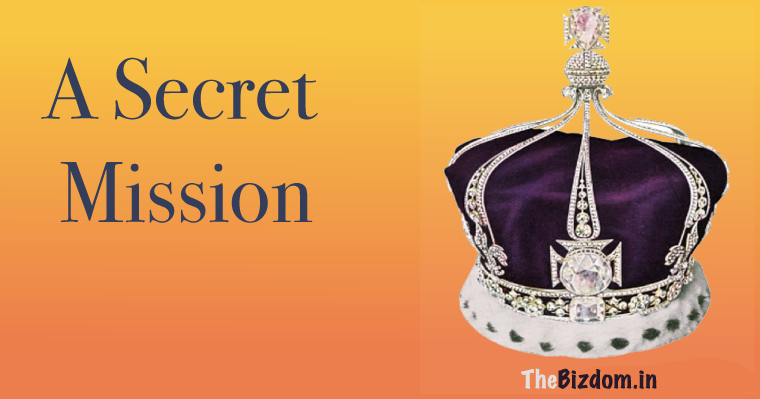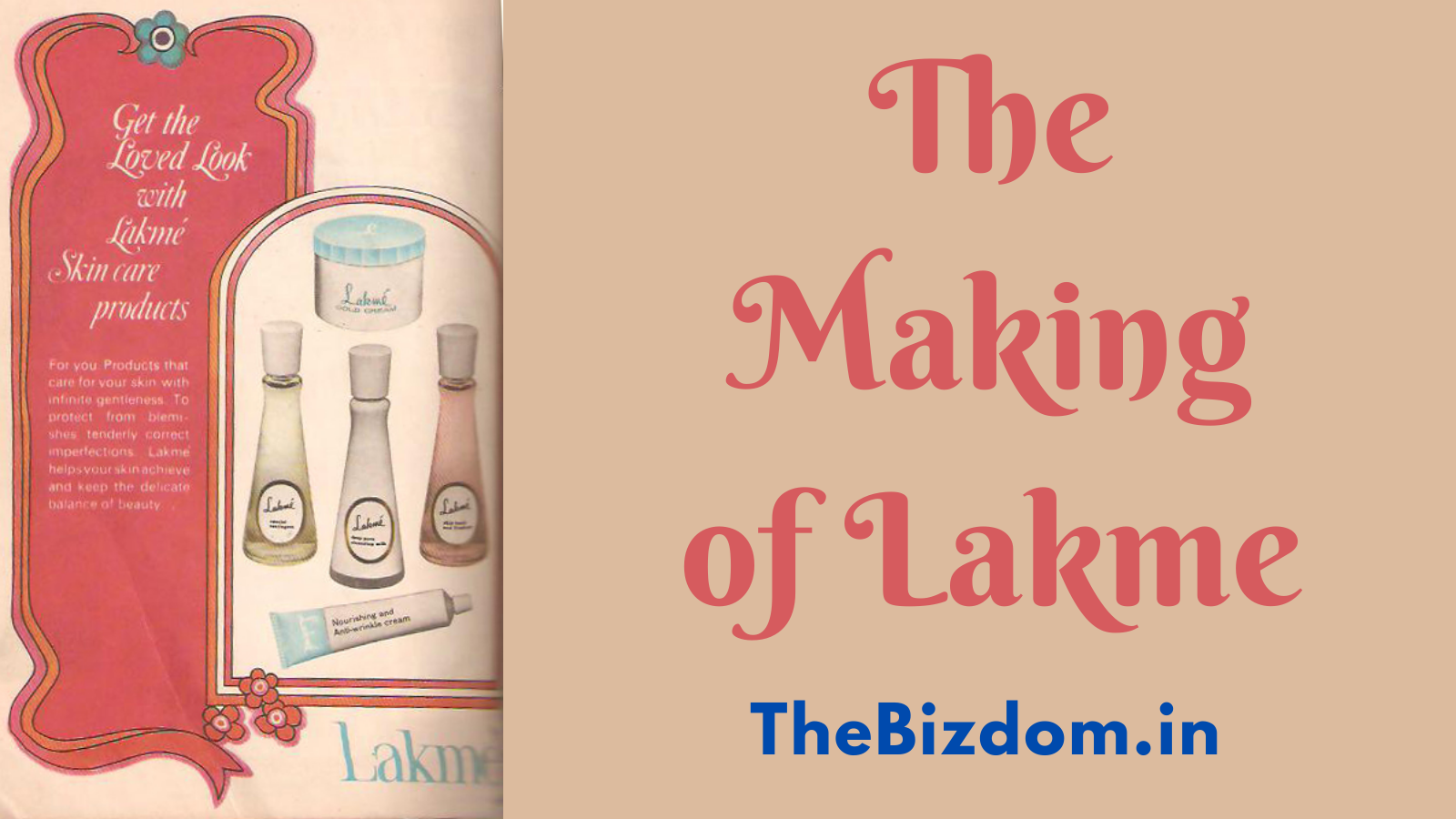7 min to read
Making of Tea: Capitalism, Culture, and More
Without tea, the British Empire and British industrialism could have taken more time.

Tea is more than just a beverage. It’s a way of life! It is such an integral part of culture and society in so many countries. It’s the entree into an elegant affair. It flows in its own rhythm in many countries all over the world, with every person whose lips touch the cup adding their own nuances to the flavor, aroma and traditions associated with drinking this refreshing drink.
Origin
There are few things that are as simple yet as complicated as tea.
Centuries back, the present day of the region of Assam was visited by Buddhist monks who used to the trek to and from China and India. One such Chinese monk brought back the seeds from a new-to-him plant, the tea bush.
Soon, other Buddhist monks in Korea and Japan followed his example and each soon discovered that tea was just the brew to stimulate devotees to remain steadfast in their hours of prayer and meditation. All began planting tea seeds on their respective monastery properties.
Another Tea Legend is about The Story Of Bodhidharma. Today he is the form of daruma dolls, as the God of Luck and plays a happier role in Japanese life. These dolls, usually red with a black beard and moustache, have just two white circles for eyes. No eyelids.
Chinese word for tea, cha, which the British turned into tay, which then evolved into tea; this is what the western world came to call the leaf of the Camellia sinensis plant. Today, both Japanese & Chinese say “cha” for tea, and the Indians say “chai.”
Tea arrived in Europe in 1580s when a Portuguese trader brought a chest of it along with other Chinese luxury goods—silks, spices,etc. Tt attracted little interest, maybe due to short in supply (high cost), and hence not many will buy this immediately. And, many Europeans didn’t want to drink tea, as at the time they were drinking coffee.
The marriage of Charles II of England with the tea-loving Portuguese Princess Catherine (which also made Bombay a British port). This will make it an item of the aristocracy. Plus people felt that Tea is easier to prepare vs Coffee. A Co. was seeing this as THE BIG opportunity.
The East India Company (EIC) arrived in India ~1600 and was interested in cloth and spices, and later in silk, tea and opium. They will soon held Napoleon as a prisoner & help Mr. Yale establish huge personal fortunes in America. Thus, become a vital part of British supremacy.
EIC started with pepper and spices, but as the Dutch gained a stronghold on these, they began to specialise in the lightweight high-value commodity, tea. It, was advertised as a ‘remedy for all disorders against beer and wine’. Plus it was bitter like beer.
It was ‘gentler’ drink, milder in its effect, as well as cheaper, and hence quite suitable for women and children. By 1717 Thomas Twining converted Tom’s Coffee House into the first teashop in London (they still sells tea in their original London loaction). His Grandson soon persuaded William Pitt to lower taxes.
Boston Tea Party
The British government tried to make a profit through excise duties. But, Tea was very easy to smuggle, being light and concentrated. Also, by 1773, EIC had got a monopoly on the American tea trade.
Americans didn’t like this (high taxed Tea via EIC) and protested in the form of the Boston Tea Party. All this led to their Declaration of Independence in 1776. For many decades they continued to HATE tea (teated as symbol of British arrogance) and adopted Coffee and Coke as their remedy.
Cutural Changes
At the same time, the demand for tea was growing rapidly. ‘Etiquette and Good Manners’ books were written on how to drink tea, recipes for cakes, bread, and biscuits and tea parties were held in people’s homes. People held tea parties in their homes, serving cakes, bread, and biscuits.
A new form of Biscuit, originally called Tea Biscuits, was developed in the 17th cent. The most famous of this type will be the Marie biscuit created by the London bakery Peek Freans in 1874 to commemorate the marriage of Maria Alexandrovna of Russia to the Duke of Edinburgh.
Charles Grey’s brew
Many of us enjoy Earl Grey tea, traditionally a blend of black tea flavoured with oil from the rind of bergamot orange. The origins are rather mysterious, but the most popular theory is that it is named after Charles Grey, the 2nd Earl of Grey and the prime minister of the United Kingdom between 1830 and 1834. His government oversaw the abolition of slavery in many regions of the British empire. While the English popularised Earl Grey, many tea historians believe the blend is a Chinese invention—flavouring teas were a Chinese specialty. Today, there are many variations. In the early 1990s, Twinings created Lady Grey tea, named after Mary Elizabeth Grey, the wife of Charles Grey. You may also come across a Russian Earl Grey and a Red Earl Grey.
Wars with China
By now, EIC was struggling to keep their Chinese supplies, since the Chinese were only interested in the Silver, which was again in short supplies. Plus, In 1833, their charter was amended, removing the monopoly of the Chinese tea trade.
In the 18th century, China was pretty much the only producer of tea in the world. True to stereo-type, we’d do anything we could to get our hands on the stuff. Unfortunately for us, China didn’t really want anything we had to trade.
Tea is an addiction and they needed another addiction to solve their problem. EIC was already growing Opium in India to be sold in Britain and they decided to export this to China. By 1833, they were smuggling 30,000 chests (weighing around 1,950 metric tons) of Opiums. Chinese govt. Objected (as everyone was getting addicted to this).
But, after two Opium Wars and the Treaty of Nanking (1842) was signed between EIC and China (Treaty was signed on a boat that was made by the Business House of Wadia, while the House was Tata were deeply involved in selling the Opium along with EIC), and Hong Kong, was also ceded to Britain.
In 1820, before the First Opium War, China’s economy was the largest in the world. After the end of the Second Opium War, East India Company left them with half the GDP and millions of drug addicts.
Hong Kong growth is mix of Opium and Tea trade. Hongs (big trading houses) were involved in opium trades and the driving force behind shaping the ‘barren rock’ into a successful trading port. Built-in 1846, today Hong Kong’s oldest colonial building, houses the Museum of Tea Ware.
Back in India
Major Robert Bruce along with Moneram Dewan (actually he pointed out the tea plants to him) had discovered Tea plants in 1823. In 1824 EIC marched slowly up from Calcutta, guns mounted on elephants, to take Assam and thus turned here for its supplies of tea.
Soon, Two more places will be used for tea, Darjeeling (Dorji Ling, where the thunderbolt of Indra fell) got the seeds from the Major’s brother, a Royal Navy official. And, the third one also has an interesting story.
Col. Arthur Wellesley, was dispatched by General Meadows to cut off the retreat of Tipu Sultan at Kumaly gap. He also passed through the forest and will later encourage others to use the place for hunting as well as cultivation.
John Munro was interested in, and he acquired some 227 sq miles of land by the late 1870s. Soon they will discover that tea was best suited for the soil and altitude. Scottish firm of James Finlay will later buy this place (in Nilgiris) and later sold this to JRD Tata ( and become Tata Tea).
Now, British in order to enhance the cultivation of Tea, were connecting Railways, developing new Towns (Hill Stations). A new Assam Company and trade body (Indian Tea Association- ITA) was formed & Marwadis also had sniffed the potential & started getting the taste of this business.
Dwarakanath, Rabindranath’s grandfather was also involved in the trade so were almost all the Calcutta’s other large British firms, like Andrew Yule, Shaw Wallace, Williamson-Magor and Duncan Brothers.
Tea was boosting British industrialism, as an invaluable relaxant and stimulant for workers. Thus allowing the growth of industry, cities and population that had an interlocking effect on the British Empire. And, they gained enormous wealth during its years of tea trade in India.



